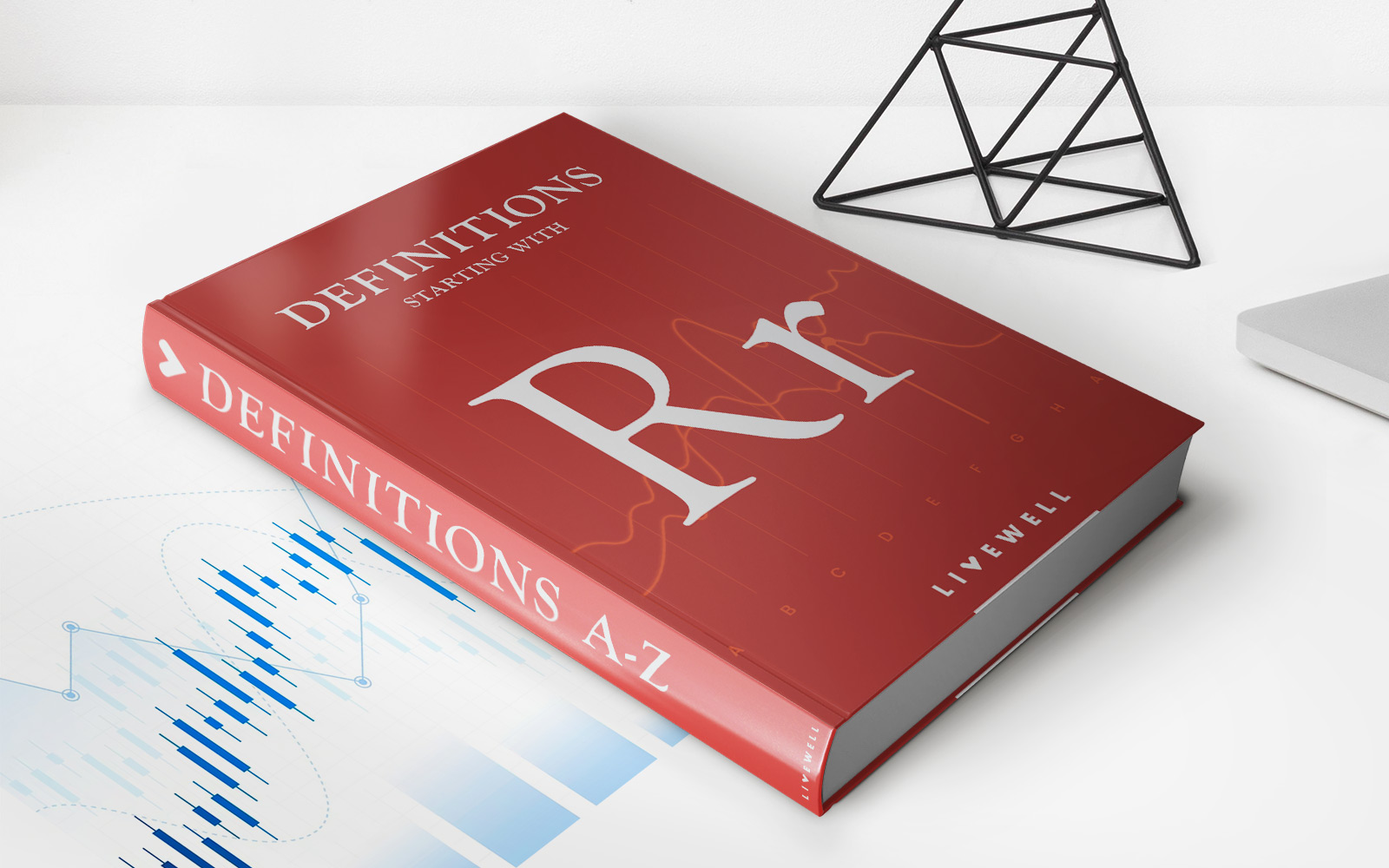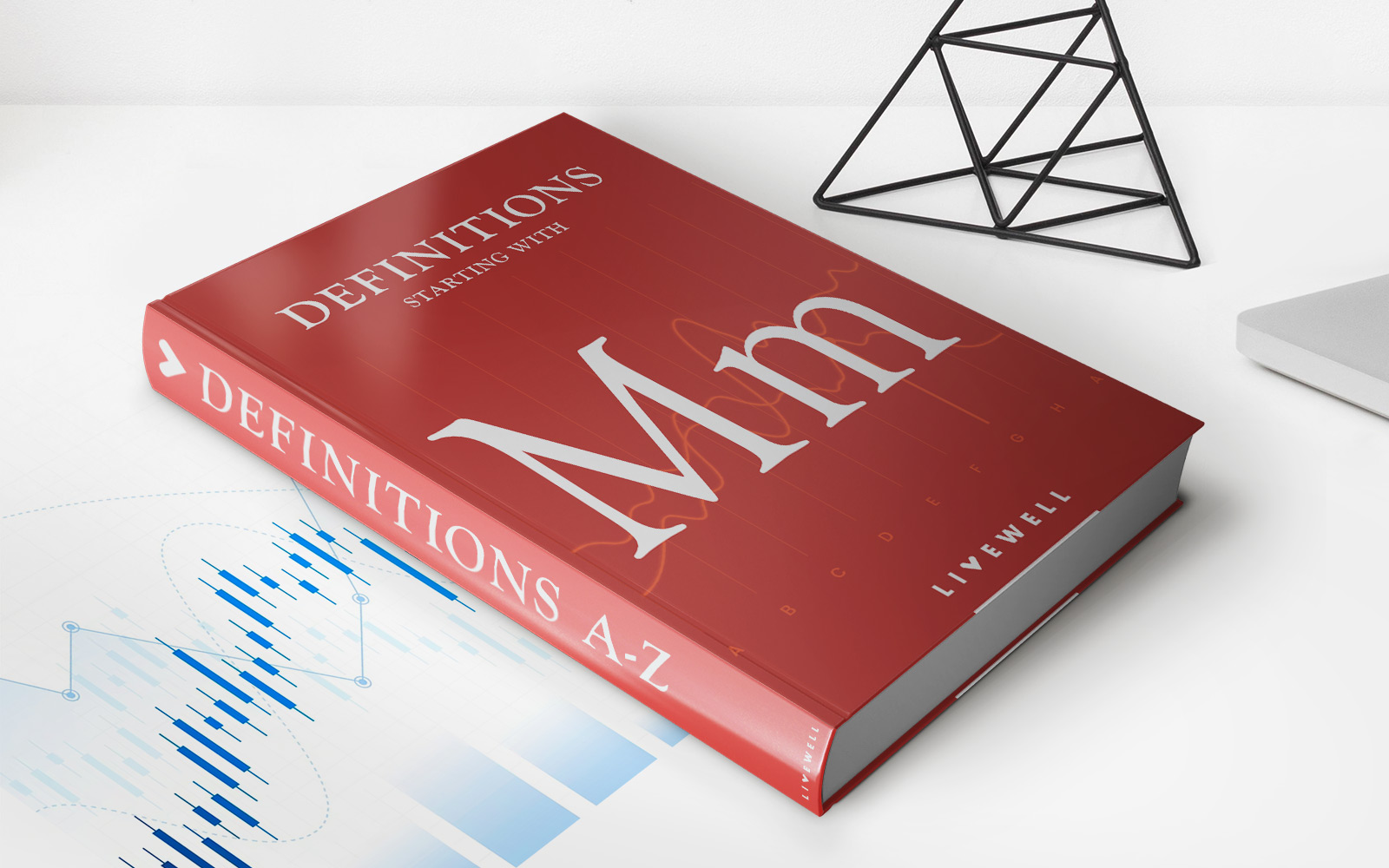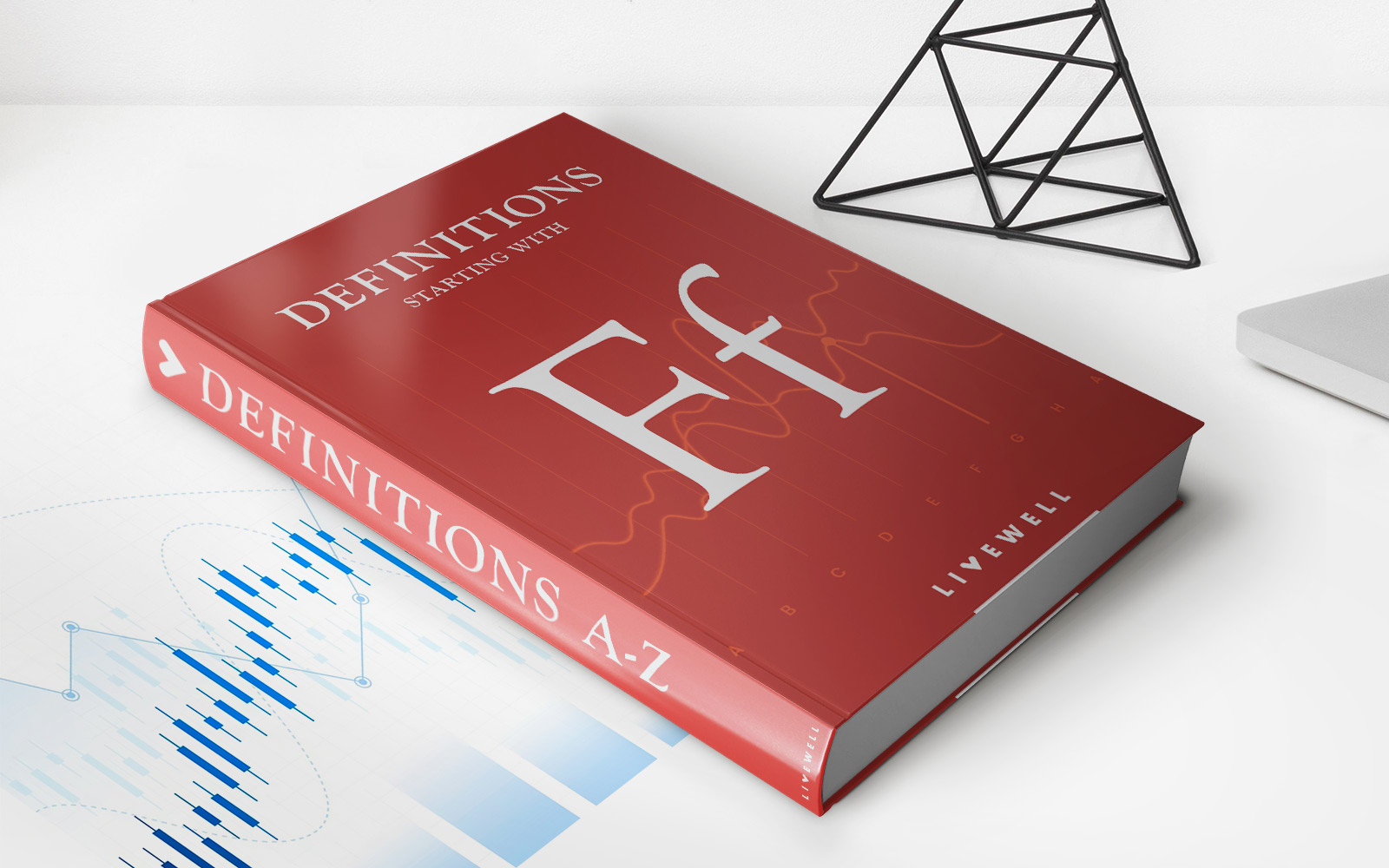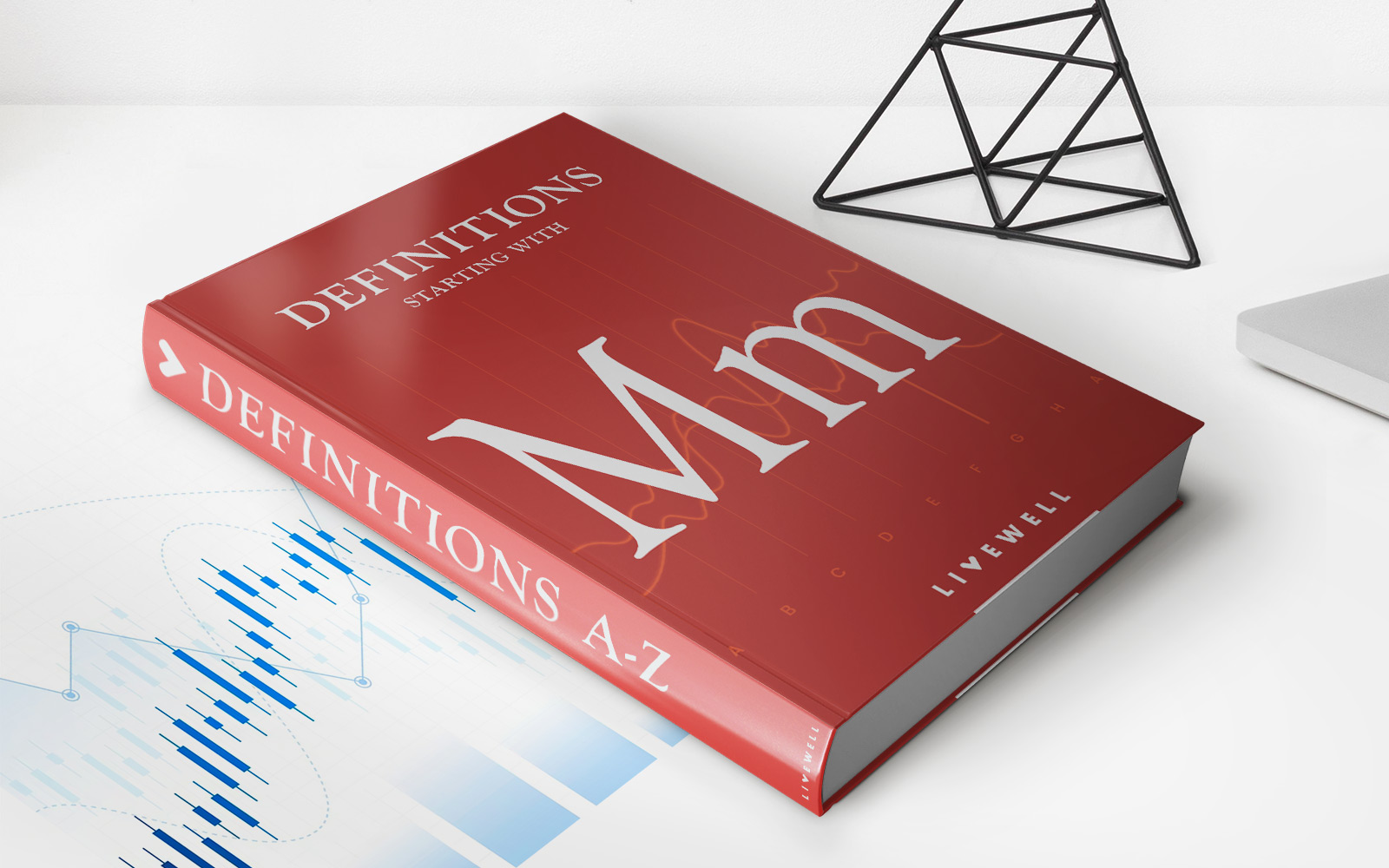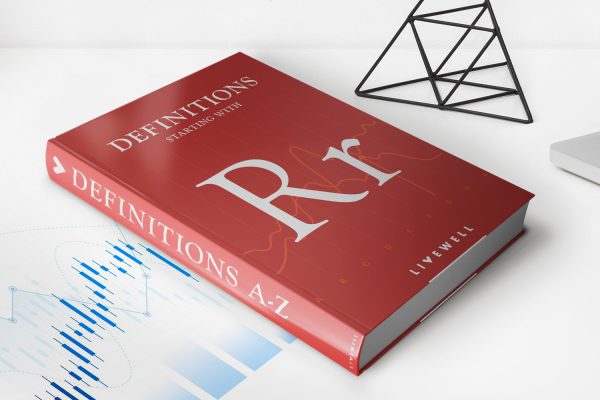
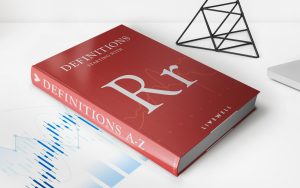
Finance
Risk-Free Rate Puzzle (RFRP) Definition
Published: January 21, 2024
Understand the finance concept of Risk-Free Rate Puzzle (RFRP) and its definition. Explore the intricacies of this phenomenon in the world of finance.
(Many of the links in this article redirect to a specific reviewed product. Your purchase of these products through affiliate links helps to generate commission for LiveWell, at no extra cost. Learn more)
The Risk-Free Rate Puzzle (RFRP) Explained: Shedding Light on Finance’s Mysterious Phenomenon
Welcome to our “Finance” category, where we dive deep into various financial concepts and explore the intricacies of the field. Today, we unravel the enigma of the Risk-Free Rate Puzzle (RFRP) – a phenomenon that has puzzled theorists and intrigued economists for years.
Key Takeaways:
- The Risk-Free Rate Puzzle (RFRP) refers to the discrepancy between the predicted and observed risk-free rates in financial markets.
- This puzzle challenges the traditional framework, where risk-free rates are assumed to be constant over time.
But what exactly is the Risk-Free Rate Puzzle, and why does it matter in the world of finance? Let’s dive in and explore this intriguing phenomenon.
Defining the Risk-Free Rate Puzzle
The Risk-Free Rate Puzzle is a term used in finance to describe the persistent difference between the predicted and the observed risk-free rates in financial markets. Traditionally, economists and financial experts have assumed that risk-free rates should remain constant over time, reflecting the baseline return rate for investments without any risk.
However, the RFRP challenges this assumption, highlighting that the observed rates tend to fluctuate, often deviating from the predicted values. This discrepancy perplexes theorists, as it goes against the conventional understanding of risk-free rates.
Unraveling the Puzzle: Possible Causes
While the Risk-Free Rate Puzzle remains a subject of ongoing research and debate, several theories have emerged to explain this phenomenon. Some potential causes include:
- Market Segmentation: Different investor groups exhibit varying risk preferences, leading to differences in the perception of risk-free rates.
- Liquidity Constraints: Limited investor access to risk-free assets or borrowing constraints may lead to differences in observed rates.
- Risk Premia: The existence of risk premia, which compensate investors for taking on additional risk, can contribute to variations in risk-free rates.
Implications and Future Research
The Risk-Free Rate Puzzle has important implications for financial theory and practice. Understanding and resolving this puzzle can provide valuable insights into the functioning of financial markets and the relationship between risk and return.
By exploring the causes and implications of the RFRP, researchers and economists aim to refine existing financial models, improve investment strategies, and enhance risk management techniques. Additionally, resolving this puzzle can also aid policymakers in crafting effective monetary policies and regulations.
In Conclusion
The Risk-Free Rate Puzzle continues to captivate researchers and practitioners in the field of finance. By challenging conventional assumptions and exploring potential causes, experts are striving to shed light on this intriguing phenomenon.
While the puzzle remains unsolved, ongoing research and advancements in financial theory bring us closer to unraveling this enigma. The quest to understand the Risk-Free Rate Puzzle plays an essential role in advancing our understanding of financial markets and refining investment strategies.


